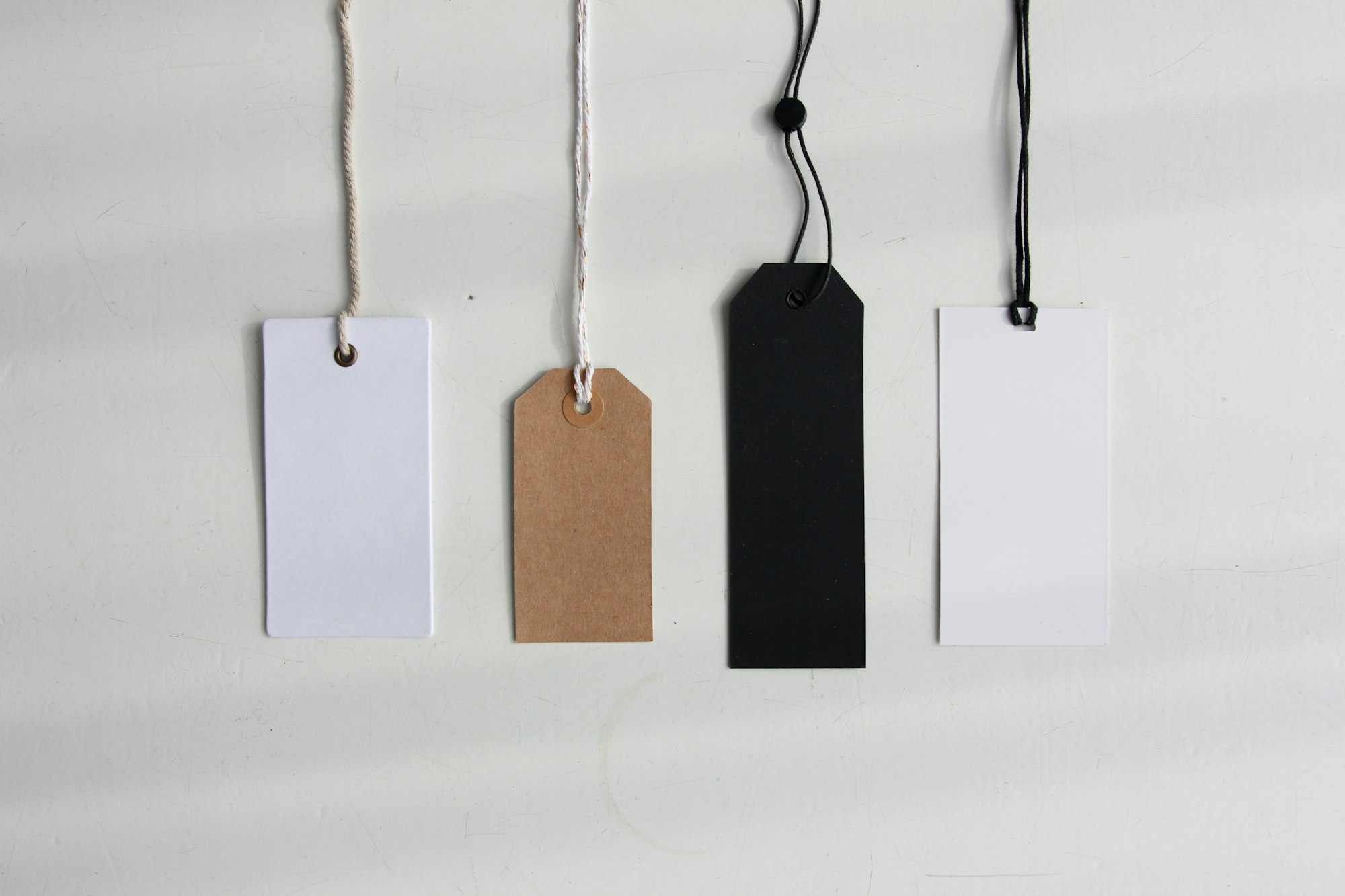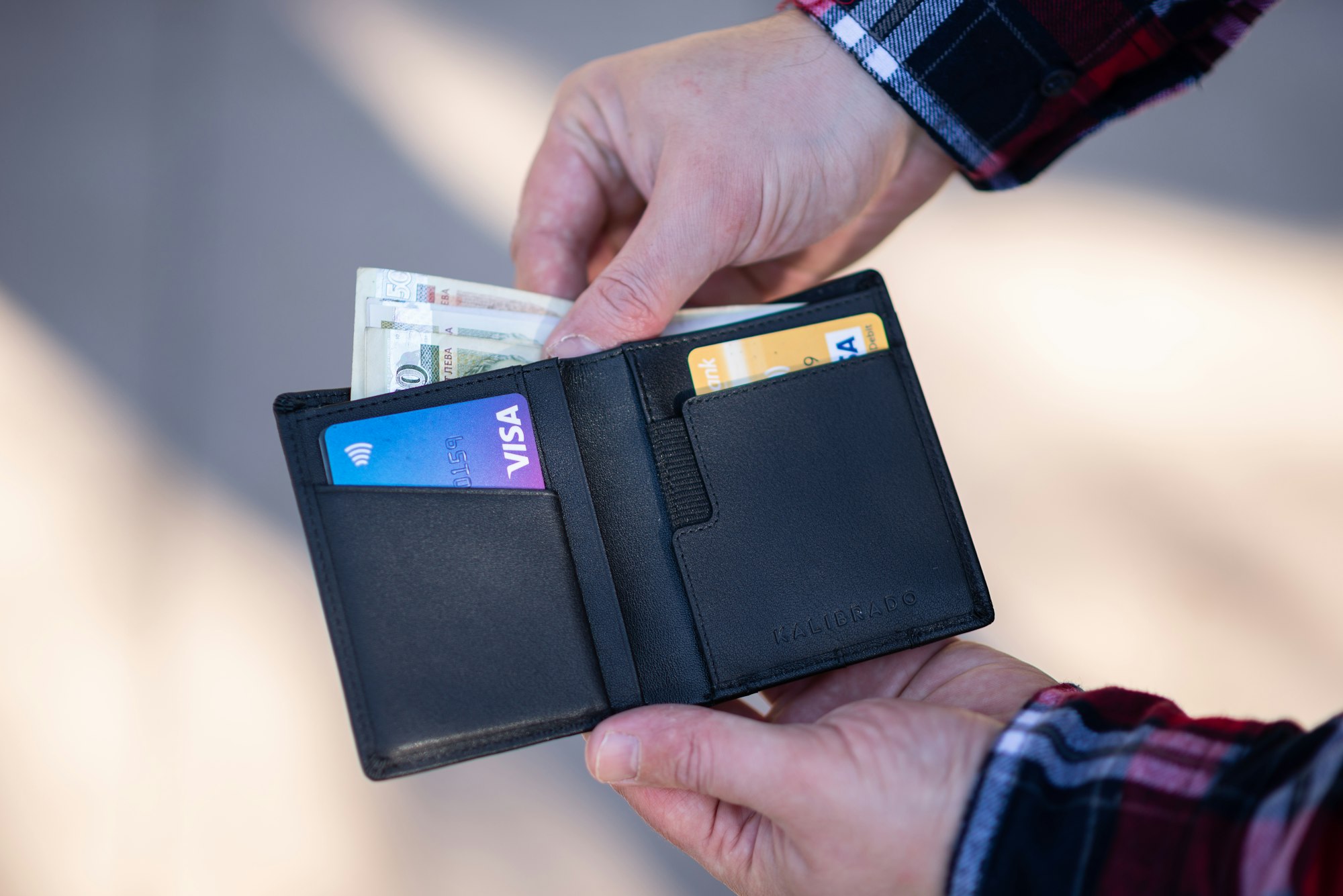How to set a pricing for your freelance design work

Are you unsure about how to determine the proper fees for independent graphic design work? Everything you need to bargain with your next client is in our handbook.
One of the most challenging tasks for a freelancer is setting the proper price for their design work.
Setting fees for new clients as a freelance graphic designer can be difficult, especially at first. There is no one-size-fits-all approach used here because each freelancer has different skills and fees.
As a beginner, you might believe that you need to establish lower prices in order to attract customers, but this is untrue. Strike a balance between fair pay and high-quality work that both sides will be pleased with.
How much does a freelance graphic designer make per hour?
Many freelance designers begin their careers by billing by the hour.
They multiply their hourly rate by the anticipated number of working hours when billing clients, then send them an invoice along with the final price. But what do independent graphic designers earn?
A well-known freelancing website called Upwork claims that graphic designers make between $40 and $45 per hour, or $90,000 annually. According to the same survey, 60% of this group of graphic designers opt for full-time freelancing over typical 9–5 jobs. This wage probably represents established, experienced designers because many designers begin freelancing as a side gig to build a portfolio before transitioning to a job as a full-time freelance designer.

How to establish your freelance rate
The prices listed above are only a guideline. Before changing your charges to reflect experience, workload, and client demands, you must consider other variables.
Your charges are also impacted by the projects you take on. It could be preferable to bill by the hour rather than provide your client a project-based cost if you're billing for complicated jobs.
Research the field
Examine designers with similar profiles and experience, as well as the average market price for your niche. Average salaries for different industries and vocations are displayed on websites like PayScale, Glassdoor, and Thumbtack. Ask on public forums on freelance sites like Upwork and Fiverr what other designers charge in particular sectors.
Learn how much people bill according on their experience, skill set, type of work, and the particulars of the project. Depending on the quantity and complexity of the desired deliverables, project parameters have a big impact on design pricing. You could charge a different price than a general designer, for instance, if you're an expert in interactive graphs. And you'll quote a different price for one graph than you would for an eight-graph series.
Recognize your worth
It seems sense to start with low hourly charges as a beginning freelance designer. Since you have never done this before, you are unsure of how to sell yourself to a potential customer. It could seem like a good idea to quote reduced fees in order to keep clients from leaving before you even begin. But watch out that you don't undersell yourself due to your lack of experience.
By doing market research and comparing your work to those of others with comparable portfolios, you can boost your self-confidence. Knowing the worth of your work gives you the confidence to demand just payment and receive what you are due. To aid in future negotiations, set pricing you believe are fair and solicit recommendations from happy customers.
Finding a balance that works for you and the client is the goal. It's acceptable to go on if you can't come to an agreement on a rate. It's often preferable to walk away from contentious talks if doing so would help you find more fulfilling work elsewhere.
Choose between an hourly and a project-based rate
Hourly fees are a common choice for independent graphic artists. However, there is a different strategy: project-based charges. Both price structures are popular among independent graphic designers, but which is best for you?
Beginning with hourly rates Hourly rates ensure that the time put into a project is paid for. You can charge for the additional time if you estimated a project would take 15 hours but it actually took 18. Additionally, a lot of online forums talk about pay depending on experience and competence, so you can locate a wage that matches your degree of expertise.
Hourly fees, however, become burdensome when managing many projects. You must determine the length of each project and quote them accordingly; if it needs specific expertise, a high hourly rate may put off clients.
Hourly rates will probably start to lose their attraction as you get skilled at planning and enhancing your workflow. After all, as you improve, you shouldn't receive the same salary as before, or even less.
We now arrive at project-based charges. As the name suggests, you charge by the project rather than by the hour. It is simpler to set multiple charges for distinct tasks, depending on their complexity and your anticipated time commitment, when you bill in this manner. In general, project rates help you expand your brand and increase your profitability because the rates you charge correspond directly to your expansion. Instead of selling time, you're selling knowledge, skill, and excellence.
Project rates, however, can be a little unclear, especially for new freelancers. Setting a fair project pricing is more difficult than setting an hourly rate since unskilled designers may find it difficult to estimate the value of a project.
As you advance in your freelancing career, we advise converting from hourly rates to project rates to provide more realistic pricing.

Guidelines for raising your rate
Setting rates entails selecting the most reasonable price based on the knowledge you have of the client, project, and task difficulty. Negotiation is important here as well; if you're really interested in a project, you can always change your pricing structure.
In light of this, we've put together a list of suggestions to help you increase your freelance graphic design prices as you gain expertise and experience.
After the new year, fix the price
Every year, increase your prices. Even after being adjusted for inflation, they shouldn't stay the same. Your work will be more valued because of the growth and experience that come from consistent practice and work.
When you gain more clients and recognition, raise your fees
Demand will rise along with your credibility and reputation as a freelancer, affecting your availability. Clients will now pay for your brand association rather than just your services at this stage.
For instance, if you provide logo design services and are inundated with requests from tiny firms, it's an indication to raise prices to make sure you're only serving customers who can afford to pay for them.

Typical mistakes made when determining rates
Due to a lack of expertise, entry-level freelancers sometimes have their earning potential restricted. Some common errors beginning freelance graphic designers make have been highlighted.
Not charging enough
Never question your knowledge and expertise. Although prevalent among creative workers, imposter syndrome has no place in the rate-setting procedure. Customers genuinely respect the value of your services, and you should be compensated adequately for them.
Both clients and freelancers have different levels of expertise and reputation. Deals with the biggest organizations don't have to be made right away. Start small instead, and as your abilities, experience, and client satisfaction grow, move up the ladder.
Forgetting to account for equipment costs and taxes
Freelancers are accountable for their business costs and taxes, unlike salaried employees. This raises the price of your work. If you want to work in design, you need the right gear to run programs like Photoshop and Figma. Additionally, you'll be responsible for paying for the software yourself. Some of it is subscription-based, so the cost will be ongoing.
Benefits like health insurance are provided to salaried workers, and the employer deducts a certain amount from their compensation each pay period to cover taxes. These are not benefits that freelancers get. When tax season rolls around, you must keep meticulous records of your expenditures and remittances in order to appropriately deduct them from your taxes and pay your own employment taxes.
Keeping the price constant
No matter whether you charge by the hour or the project, maintaining the same pricing limits your ability to profit.
After gaining a certification or learning a new talent, you can also raise rates. Consider the scenario where you initially solely provided logo design services but have now developed the expertise to provide social media assets, branding guidelines, and more. To reflect the improvement in your services, you should raise your charges. If you're concerned about losing your present clients, think about giving them a grace period during which they can continue to pay their old prices.

